
|
| Accept Cookies | Customize | Refuse Cookies |
Cieffegi www.juzaphoto.com/p/Cieffegi  |
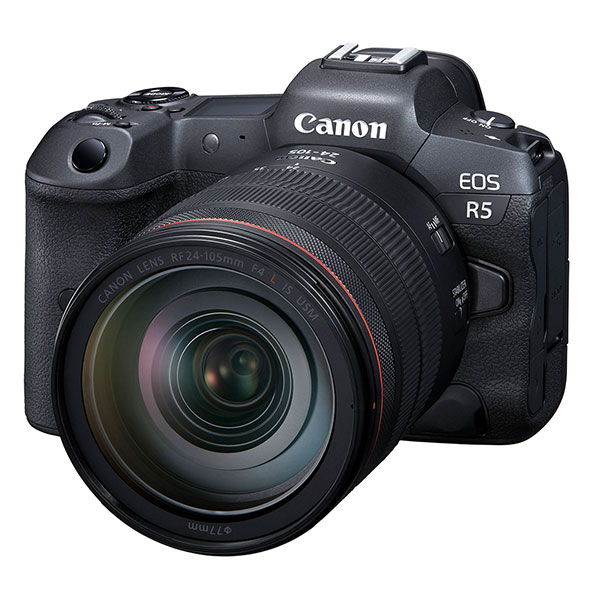 | Canon EOS R5 Pros: image quality, autofocus, ergonomics, stabilizer in the car and a thousand other things Cons: a couple of blocks with the old firmware, paint not very resistant. Opinion: I have owned it for just over two years and have therefore been able to test it extensively. It replaced, without regret, my previous sony A7RII, which I had greatly appreciated. Excellent image quality, with an extremely wide dynamic range, excellent file workability. The AA filter of the R5 is really discreet and finding a difference in details (to the naked eye) compared to the Sony that does not have it is difficult or impossible. Resistance to the high iso of the canon admirable. At 6400 iso the file is absolutely good and becomes excellent with a pass of denoise ai. Ergonomcically speaking, the R5 is big. Frankly I understand little the complaints that I often read on "R that are badly held because too small", unless now all photographers do not have very large hands. Of course, I am an amateur and not a professional, maybe doing everything one day with machine in hand things change. The fact remains that the R5 is NOT a small car. The dimensions are almost exactly those of my old 70D and in any case more generous than bodies that forty years ago were considered "professional" like the new F1. The grip is very good, it falls in the hand really well, the buttons are almost all in the right place. All the most commonly used functions can be assigned to buttons and the presence of the legendary Q key combined with a very rational menu arrangement and the practicality of the touch screen make a greater presence of keys and buttons completely superfluous. Perhaps the joistick on the vertical axis is a bit hard, while on the horizontal axis it slides very well. Excellent touch screen, but you have to be careful not to inadvertently change the focus point with the nose. Solvable with a minimum of attention or by setting the sensitive area of the screen to only one half. Really comfortable Fv shooting mode. The only real drawback of ergonomics, for me who use many vintage manual-focus lenses, is the fact that you can not automatically exit the magnification of the focus by pressing the shutter button halfway. The autofocus is from drug addiction, particularly with updated firmware. Any other situation that is not really extreme is absolutely excellent. Eye recognition works spectacularly. He recognized my eye on very distant birds and in crazy light conditions, where it was absolutely invisible. Combined with the ability to shoot up to 20 fps makes it exceptionally flexible for any sports or nature application, in my opinion. At least at an amateur or semi-pro level. Negative notes: with the factory firmware I crashed a couple of times. It no longer happened after the updates. Protective black paint does not look super durable. After a couple of days out of the box he already had two small scratches. When in doubt I wrapped it. sent on August 04, 2023 |
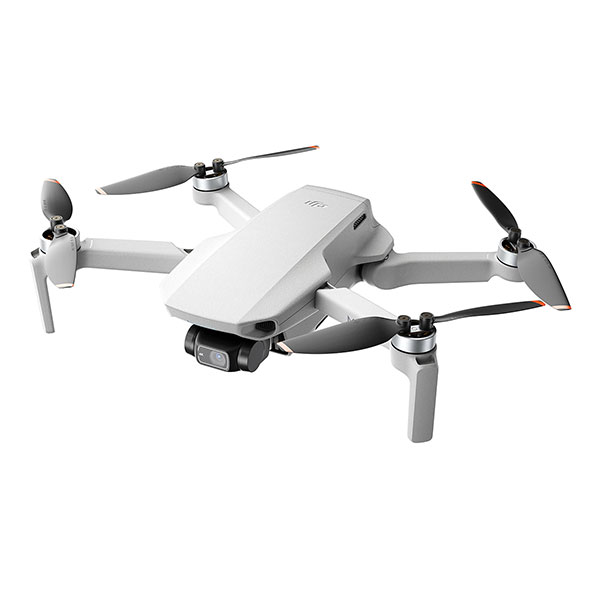 | DJI Mini 2 Pros: Beautiful colors in videos, well-functioning stabilizer, easy to use, size, decent photos, stable signal Cons: No sensors and no tracking functions Opinion: I find it was a great drone "without license" from which to start. The movies, while not having the cinelike mode like the mini 3, are pleasant and fully usable in most hobby conditions. Nice preset movements (quick shots), but in the absence of sensors you must always pay attention to the surrounding environment before using them. They don't replace tracking features, but they can give creative insights. In the end, the best thing is always to learn how to fly the drone well. Excellent to have the raw function available for photographs, even if, given the size of the sensor, it is still a "full daylight" drone. The room also suffers a bit of flare in some situations, only partially correctable with filters. With the latest firmware it is also compatible with the dji RC remote control, which is really a step forward compared to using the mobile phone. sent on November 16, 2022 |
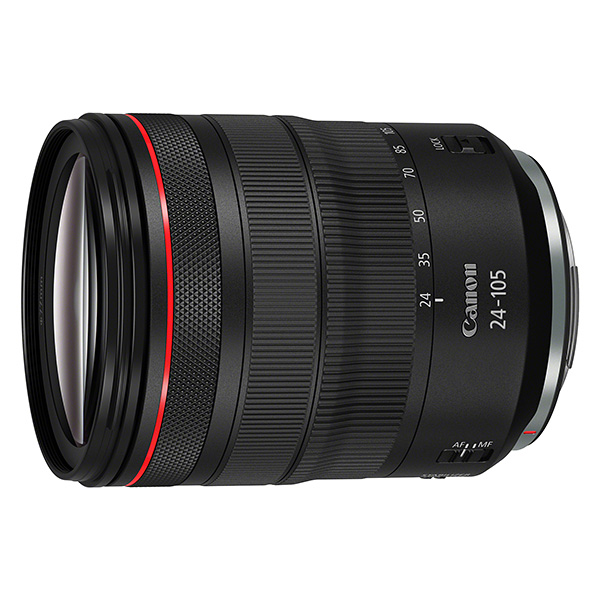 | Canon RF 24-105 mm f/4 L IS USM Pros: Sharpness, focal range, a non-evil gradient for an all-rounder f4, stabilization Cons: Some plastic games Opinion: A really luxury all-rounder on my R5. I find it very sharp on the whole frame (more than some tests on the right suggest) and very well stabilized. Great in most situations. Usable, with some care, even for portraits. The gradient is not evil, given the minimum aperture f4 and the inevitable compromises due to the large focal range. Pleasant colors, tending slightly to heat, at least on my specimen. I did not notice artifacts or purple fringing even in difficult situations. On some reviews I read that the vignetting at 24mm is about 2.5 stops. Personally I do not detect them and it stops around 1.5 stops. The real minimum focal length is about 23.5mm which is corrected "in the camera" (or in raw development programs) to coincide with a 24mm. On the negative side I point out some game of plastics, which in any case does not affect the operation, but which you would not expect from an L series lens. sent on August 11, 2022 |
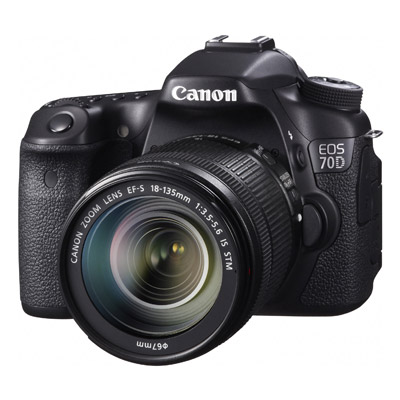 | Canon 70D Pros: Raw quality up to about 1000 iso, robustness, autofocus, partial tropicalization, articulated screen Cons: jpeg not up to par, held over 1000/1200 iso Opinion: I had it from 2014 to 2019. An excellent aps-c machine, performing enough to guarantee appreciable results in most situations. At the time autofocus looked really good, although for the current criteria it may seem like a slow thread. There are not many focus points, but they are well distributed, covering most needs. The burst is discreet, allowing you to take the action scenes home as well, if it is not completely hectic. Beautiful raw, fully usable up to about 1200 iso. Further it is not recommended to go further. Very comfortable, in many situations, the tiltable screen. A big car at the time. Today I still believe a very good second body or an alternative to approaching perhaps the best photograph of the 2000 or the 4000. sent on July 02, 2021 |
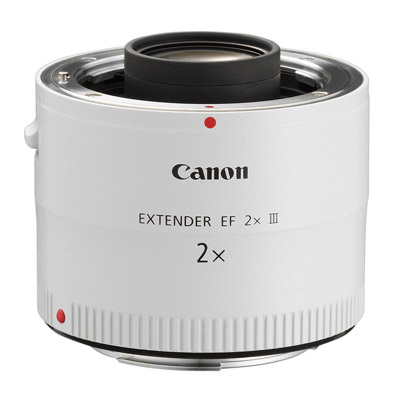 | Canon EF 2.0x III Pros: Tropicalization, construction, loss of sharpness not particularly marked Cons: A few qualitative decay at the edges, purple fringing on some machines. Opinion: I have had it for about 5 years and have been able to test it extensively. It's almost a fixed pair with 100-400 II. I find it to be a great extender, both as a construction and as an optical quality. Of course, some compromises must be accepted in terms of detail, but, especially in the middle of the frame, quality remains entirely acceptable, not to say very good. On canon 70D the pairing featured purple fringing around certain subjects, on canon R5 I no longer know this problem. Autofocus also works safely on mirrorless. It worked decently even on sony adapted with metabones, now on R5 goes that it's a splinter. On reflex, on the other hand, once the lens was mounted it became practically only manual focus. sent on May 01, 2021 |
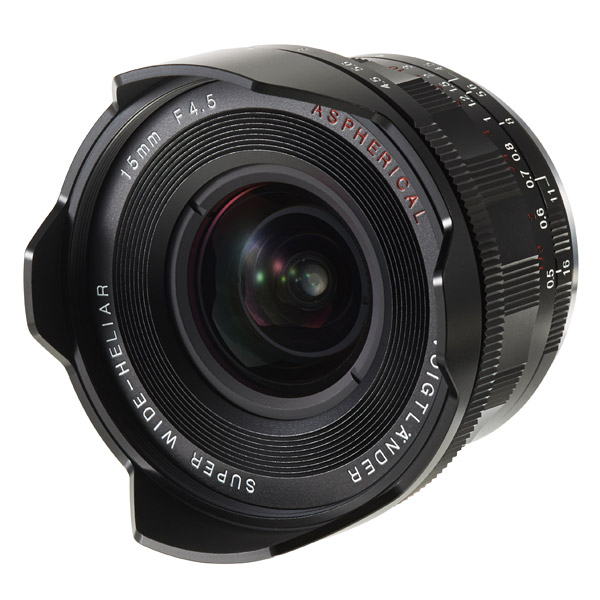 | Voigtlander Super Wide Heliar 15mm f/4.5 Pros: Dimensions, detail definition, mechanics, ability to use screw filters. Cons: Vignette, hard to get bokeh, Opinion: I've been using it for six months now, with great satisfaction. Compact, robust and precise mechanical lens without electronics. Beautiful feeling of control in the regular fire, very precise the diaphragm diaphragm (which works in increments of 1/2 stop) Immense depth of field, which allows you to have everything in focus almost to any diaphragm. The counteraltar is that if you want to blend the background, unless you use a helicoid, you go crazy. Very saturated colors and excellent contrast, even in situations with heavy backlight. At the moment I have never felt particularly need to use a polarizer. Convenient and effective the built-in lampshade, but not being possible to remove it, you can not use slab filters. However, the front lens that does not protrude allows you to use screw ones. Superb sharpness from TA to the center. I find it very good even at the edges, at least my specimen. Excellent across the frame from f5.6 onwards. I didn't notice any particular distortions. You have to take care to keep the lenses very clean. Given the high detail and the wide range of focus, small points of dirt, which on other lenses would disappear, are clearly visible on the frame even at TA. Marked the vignette, even with closed diaphragm. However, it can be corrected in post-production. sent on January 25, 2020 |
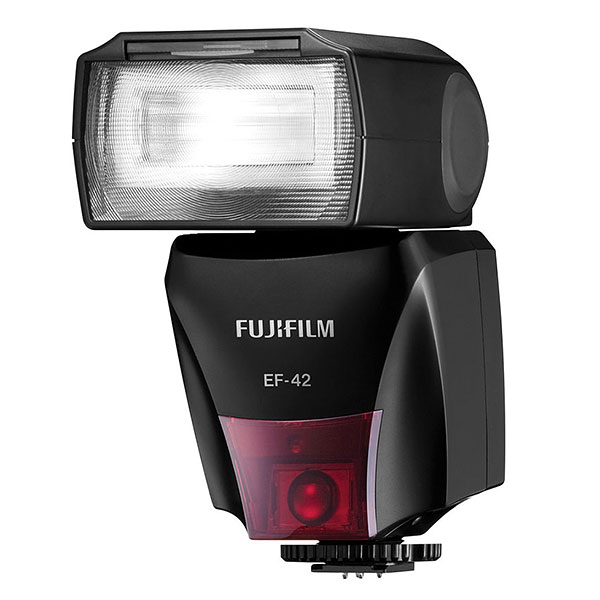 | Fujifilm EF-42 Pros: Good power, orientable head, cost all in all "human". Cons: Very slow to recharge, less than the shots declared to be full power, TTL problems with some fuji machines Opinion: It was my first "serious" flash. It's not a bad flash, but it has serious limitations. First of all charging times, which prevent the use of bursts of flashing. I used it on several fuji bridges (HS10, H20 and HS50). On the HS50 the TTL did not work, forcing you to set in manual. Among the pros, however, is good power and excellent configurability. sent on September 09, 2019 |
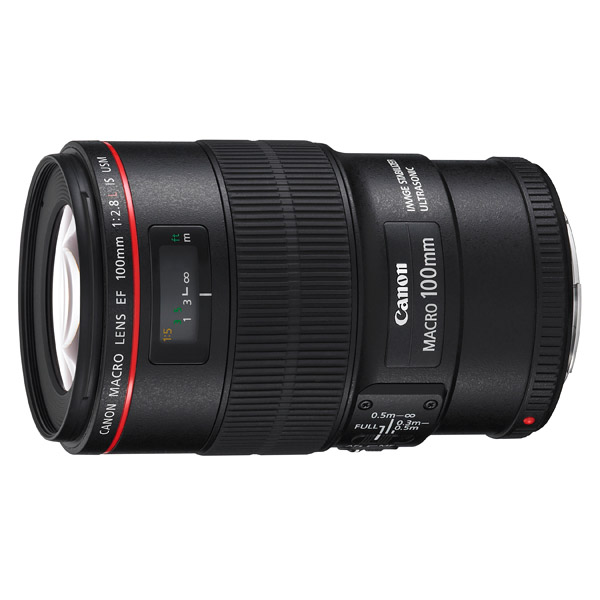 | Canon EF 100mm f/2.8 L Macro IS USM Pros: Sharpness, blurred, stabilizer, construction Cons: Hard to find them Opinion: I have been using it for over 4 years with great satisfaction, first on canon 70D and now on sony 7R2. Very sharp lens, great for both macro and medium canvases. Excellent performance even with closed diaphragm, the refraction does not feel too much. Superb stabilizer. Soft and very pleasant blend. It is not compatible with canon extender, but I managed to use it without problems with the extender sigma 1.4x. sent on June 18, 2019 |
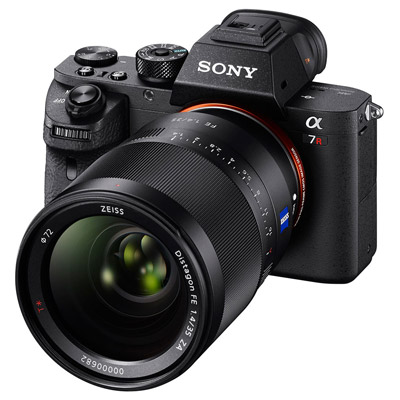 | Sony A7r II Pros: Fantastic image quality, exterminated amount of customizable keys, compatible with almost all lenses on the market, also not Sony, high ISO, dynamic range Cons: Menu ergonomics, battery, buffer Opinion: It's my first full frame body. I find it an extraordinary machine, it produces very high quality files even in difficult conditions. Holding on to the other excellent ISO. The dynamic range is wide, recovers in the shadows with some ease. JPEGs are fully usable if you don't want to develop the raw. In spite of the large dimensions it transmits a certain feeling of solidity on the whole. The 42 megapixel stabilized sensor also allows you to crop without losing too much detail. Basically it's like having an Extender 1, 5X virtual insertable with just the press of a button. The ergonomics of the menus is however improved, some options are hidden for good. Also the buffer is a bit ' an Achilles ' heel of the machine, not being particularly fast in writing as well with cards from 95mbs (about 2.5 seconds to photo), which leads to prolonged waits for storing long bursts of photographs. sent on May 29, 2019 |
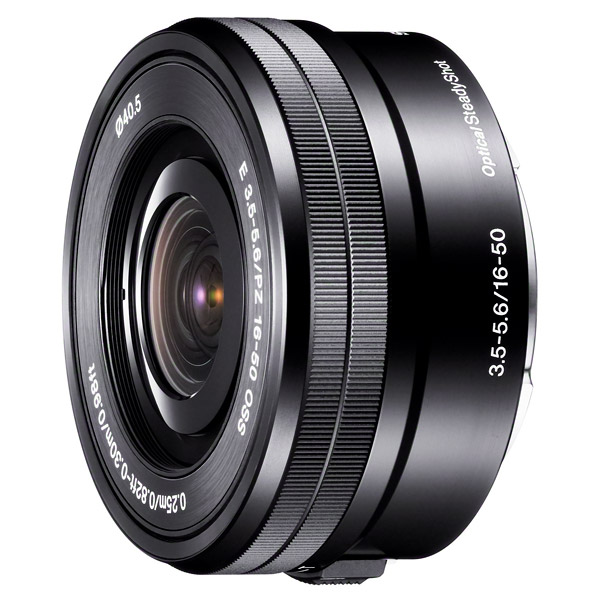 | Sony E PZ 16-50mm f/3.5-5.6 OSS Pros: Size, quality more than acceptable in relation to the price Cons: Backlight sealing, battery consumption induced by motorized zoom Opinion: Coupled to the 5100 I find it a good optics. Its main reason is obviously the portability. From a lens in this price range and this size you can not wait for stellar pictures, this does not mean that you can take home of the beautiful shots. It is sufficiently sharp and correct at all focal lengths between the equivalents 35 and 75 mm (24 -50). At 16 mm (24 equivalents) presents in my opinion some distortion and a drop in sharpness, but barely perceptible. I noticed instead some more problem in the resistance to flare and photos in backlight, where the result is often mixed up and disappointing. Many users also complain about the low light, but the stabilization compensates well and allows use in most situations. Zoom and focus (when used in manual) are motored. Then pay attention to the battery consumption. sent on May 17, 2019 |
 | Canon NewFD 200mm f/4 Pros: Excellent resolution both at the center and at the edges (in relation to age), compactness and lightness, price on the used market Cons: Presence of a certain chromatic aberration at TA Opinion: One of the goals I inherited from my father. I use it on Sony Corpy (A7RII and A5100). It is a good tele, small and compact, with an average contrast and, considering the age, from F 5.6 up an absolutely excellent resolvent capacity, both in the center and-rather unexpected thing-at the edges. There is a certain chromatic aberration with very open diaphragms, but it resolves well in post production. Obviously No stabilizer is available, but if you own a body with IBIS it is not a big limit. To consider. With an expense of a 40ina euro on the used market you have a far better lens than various modern economic lenses that cost a lot more anyway. sent on March 29, 2019 |
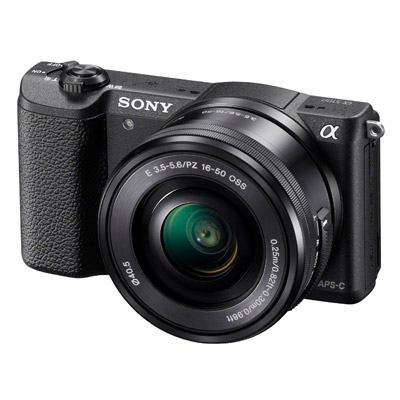 | Sony A5100 Pros: Size, file quality, fully tiltable screen Cons: Battery life, screen difficult to read in full sun Opinion: Purchased in 2018 as a second superlight body at a particularly affordable price. Clever little toy. With the kit lens has a footprint comparable to a smartphone, but offers shots of excellent quality, unthinkable with a compact. I was able to easily adapt Canon FD Vintage optics of a great class, recovering an excellent photographic outfit that belonged to my father. JPEG's are very good quality and if you do not want to develop the raw allow you to get a finished product already satisfactory. It is not possible to install flash or external microphones, but being for me a second superlight body is not a real limit. The batteries last a little, but they are extremely compact, so taking them behind someone is not a problem. On the face of real flaws, instead, I would list the screen almost unreadable in full sun and the fact that, if used for movies, "Capti" the Zoom noise (but I think it depends on the kit lens rather than the machine). Menu a little confusing. sent on March 04, 2019 |
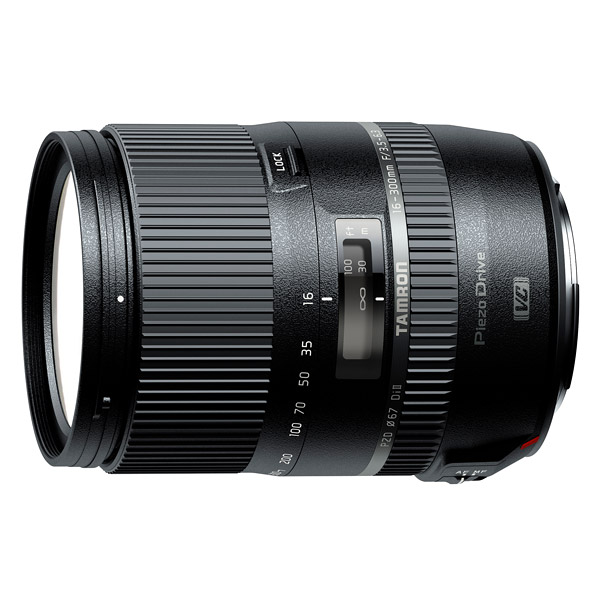 | Tamron 16-300mm f/3.5-6.3 Di II VC PZD Macro Pros: 16 mm as minimum zoom, stabilization, weather sealing, small size, sufficiently clear in relation to the type of lens, lens hood Cons: Not particularly bright, sharp maximum achievable only in a narrow range of stop. Opinion: In my opinion, this lens should be compared with a bridge superzoom.rnIl reference segment is quello.rnSe I have the chance, I go for three lenses that I cover from 10 to 400 mm, but if I have to travel light, this is an excellent Tamron scelta.rnInsieme to the body canon 70D has a footprint of slightly higher than that of my bridge fuji, compared to much better performance, thanks all'accoppiata with an APS-C.rnE 'obviously a lens compromise, which will not return results spectacular at any focal length and, however, will give excellent soddisfazioni.rnLa sharpness is better than almost any compact super zoom you can find on your hands, as well as the performance at high ISO (here the credit goes to the body and not the lens, but there it is) .rnLa stabilization is excellent and the action ring zoom well calibrated and precisa.rnContrariamente to sigma 18-300, which I've had for a short period of time, this is the manual override of set fire, Which is particularly convenient in low luminosità.rnRispetto competitor also has the added advantage of the minimum focal length of 16 mm (25.5 on aps-c). At the other extreme, I had the impression, trying them both, that magnify slightly more (after all, even on paper, has a viewing angle of 5 ° and 20 ° and 40 against 5) .rnrnA my opinion, the maximum sharpness is reached between F8 and F11 more or less for all focal lengths (the shorter ones also work well with the diaphragm a bit 'more open) .rnLa lens, thanks to a distance of focus contained, also has some macro capability, which can be utile.rnIn summary, good lens "all in one" for a obbista or for those who must travel light, with the caveat that will be limited if you want to print in A3 or superiori.rn sent on May 21, 2015 |
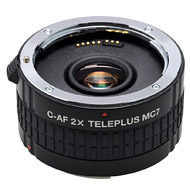 | Kenko MC7 DGX 2.0x Pros: Economic, especially if second-hand. Compatible, from the physical point of view, almost any target Cons: Marked chromatic aberration at longer focal lengths, loss of sharpness at the edge, plasticky construction. Opinion: Purchased for canon and sold after a few mesi.rnIn general is an honest product considering the price range, but do not expect anything from him eccezionale.rnAlle longer focal lengths (over 200 mm) comes out a strong chromatic aberration, especially in subjects with high contrast (for example, a bird on sky background) that makes it, in fact, a fallback to the maximum amateur and certainly not a substitute for a tele of qualità.rnL'aspetto is plasticky, even if in fact the final construction It is more solid than you might attendere.rnL'ho tried with varying objectives and canon Tamron and I have not encountered problems funzionamento.rnL'autofocus remains active, although sometimes has difficulty agganciare.rnLa exposure reading it instead It suffers a bit 'and you have to make up a couple of stops in more than the exposure of the machine suggest if you want to get correct exposures. In general it is still difficult to assess the information and imposes shooting dto the live view or the use of raw to recover in sviluppo.rnQualche limit in the image composition, since the sharpness at the edges with the duplicator inserted it risente.rnLa particular geometry, with the lens group that does not protrude at all compared contacts on the ground, making it then mechanically compatible with almost any target, even those not in theory duplicabili.rnrnIn synthesis a good solution if you have no pretensions and a limited budget, or better to focus elsewhere. sent on May 18, 2015 |
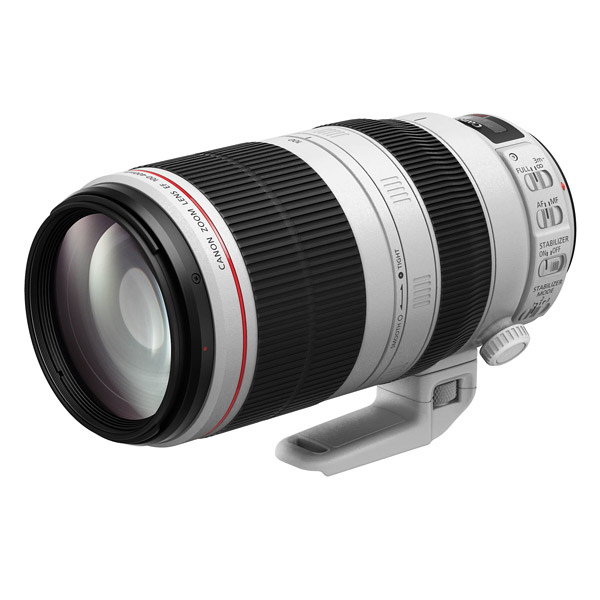 | Canon EF 100-400mm f/4.5-5.6 L IS USM II Pros: Stabilizer exceptionally bright, detail rendering, ability to use it as close up, robustness Cons: Weight, buttons a bit 'hard, incompatible with some teleconverters Opinion: Just tried with birdlife, with Canon 70D body and sigma multiplier 1,4X.rnDecisamente a superb lens, with an excellent definition of detail to the center and also to appreciable bordi.rnLo stabilizer works in a superb and a pleasure to view the image initially strongly quivering, that becomes a static moments after half-pressed the button scatto.rnSe the scene is not particularly dark, it is absolutely possible to use it with one hand libera.rnUsandolo APS-C and a 1.4 multiplier becomes virtually a 900mm at a fraction of the price (though not cheap) and peso.rnLa construction is solid and ergonomica.rnLa minimum focusing distance (less than one meter from the sensor) and the massive enlargement possible, thanks to the multiplier, allowing use as a macro-close up, allowing, if you have specific needs and very special, to leave home the macro dedicated, even if for some shots indispensabile.rnMolto latter remains good even the hood, with the special window to act on filtri.rnL'anello dZoom also held the position "fully open" offers some resistance, which allows precise control and smooth zooming without unwanted or accidentali.rnVenendo the negative notes, is definitely a lens physically demanding, given the weight of more than three pounds . rnInoltre not digest well teleconverters other brands. I connected to a 1.4 sigma, already tested successfully on other objectives canon, but lost the autofocus at any condition luce.rnI sliders functions, from new, are also a bit 'duri.rnE' true that the cursor of the fire auto-manual and the distance of focus can be peacefully forgotten, but what about the stabilizer is useful to switch from "total" (position 1) to "pan" (position 2) and so it is not comfortable without losing the inquadratura.rn sent on May 04, 2015 |
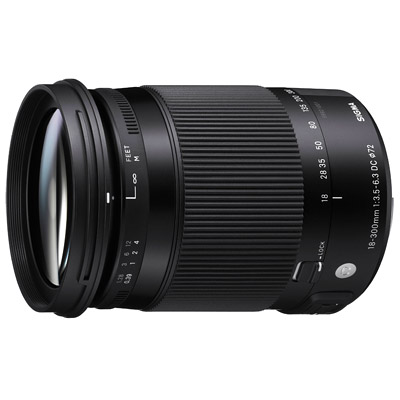 | Sigma 18-300mm f/3.5-6.3 DC Macro OS HSM C Pros: AF relatively fast, effective stabilizer, sufficiently clear in relation to the type of lens, discrete macro capabilities, enhanced by the additional lens, slightly lower price alternatives Cons: Manual focus ring uncomfortable if you hold the lens hood mounted backwards (when not in use) and too soft, impossible to manually force the fire with autofocus inserted, lack of tropicalization Opinion: I recently purchased this lens, I use a Canon 70D, and I must say that I'm there male.rnVa evaluated for what it is, an honest tuttofare.rnSe you go on a trip with the need to be light with the luggage, for example because you fly with a low cost, can be a good scelta.rnHo read opinions, around the web, that would agree to that point adopt a bridge.rnPersonalmente are partial disaccordo.rnIo I come from the world bridge (use tutt 'Now a Fuji HS20) and I must say that, on a good used camera body, the quality is still not marginally better, but really abissale.rnNon you can obviously expect the sharpness and accuracy of specialized objectives, but on the other singing is not his scopo.rnSe owe him find a real big flaw is the "softness" of the manual focus ring, which makes it difficult to fine tune (just touch it and the turns, losing the setting) to put .rnChe whole, as sharpness is not even malvagio.rnE 'alsoan acceptable macro lens for amateur shots, relying also on specific macro lens produced by sigma.rnCerto, is not even comparable to the Canon 100 IS macro, which remains my favorite lens for this purpose, but it does its job in an honest manner. rnSulla card is not compatible with the multipliers, but in reality, fumbling a bit ', you can mount them successfully (with doubler mounted you can not use the zoom to the lowest levels since the lens back clashes with that of the multiplier, but usually a accessory like you use to have more zoom, then the problem is). sent on December 18, 2014 |
 JuzaPhoto contains affiliate links from Amazon and Ebay and JuzaPhoto earn a commission in case of purchase through affiliate links.
JuzaPhoto contains affiliate links from Amazon and Ebay and JuzaPhoto earn a commission in case of purchase through affiliate links.May Beauty Be Everywhere Around Me